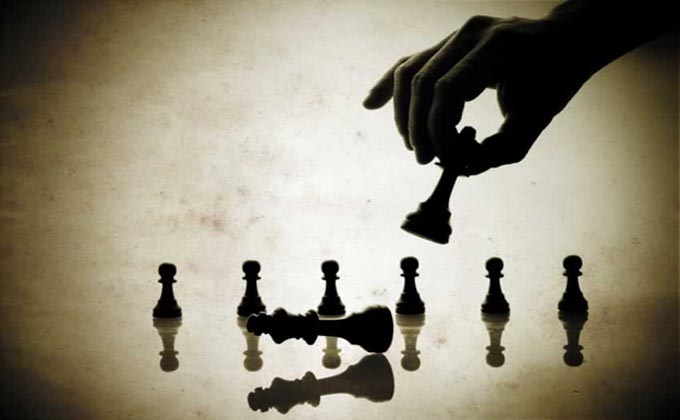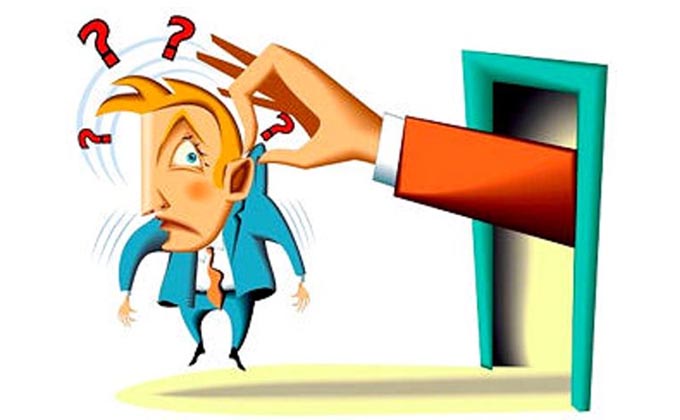The art of competition: the experience of Picasso and Matisse
 The most famous rivalry in the art world shows us how competition can inspire and be productive. Pablo Picasso could not have created his masterpiece “Avignon girls” in 1907, if not for the “oppressive” presence of Henri Matisse. We present you 4 lessons of productive competition from the world of art.
The most famous rivalry in the art world shows us how competition can inspire and be productive. Pablo Picasso could not have created his masterpiece “Avignon girls” in 1907, if not for the “oppressive” presence of Henri Matisse. We present you 4 lessons of productive competition from the world of art.
Picasso was outraged, disappointed, but inspired by the revolutionary style of the French artist and the way he defiantly retreated from classical artistic norms. He was indignant because he wanted to be the only one who destroyed the stereotypes that Matisse destroyed. Picasso was disappointed because he believed that he had found a unique voice that could be called “modern art”. And it was inspired by the enormous courage of Matisse. After all, Henri Matisse was one of the first artists who promoted, at their own peril and risk, “ugly” art. And this could not but upset and confuse critics and the public.
Matisse encouraged Picasso to completely abandon the earlier patterns in art and create new exciting complex and insane works of art. This is a double edged sword. Pablo Picasso declared: “No one ever looked at the pictures of Matisse more carefully than I did, and no one scrupulously looked at mine like him.” Matisse, however, saw Picasso as a kind of partner, with whom they kept pace with modern times, and not infrequently borrowed techniques from the Picasso style.
From this tough and inspiring rivalry between Picasso and Matisse, company executives can learn a few useful lessons.
1. Competition silences criticism and develops determination in you.
Despite all the differences between these great artists, they both suffered from an excess of criticism at the very beginning. Picasso and Matisse had to be confused with criticism from colleagues and friends, critics and the general public. But they did not give in and continued to prove that there is an art free from the chains of traditions and patterns. They did not allow critics to confuse themselves and change the direction of their work.
Pablo and I are different, like the North Pole and the South Pole.
Henri Matisse
The lesson for businessmen: rivalry should not be petty and go into reproach of your energy and creativity. Matisse said: “Another name for the creative is decisive.” Competition must help collect one’s thoughts and gain determination in order to take bold new steps.
2. Competition helps you see flaws
Both Matisse and Picasso carefully studied each other’s work. Of course, admiring the ability of each other to go beyond the nagged norms of art, they still found flaws in the works. And, considering the weaknesses of the “opponent”, they were able to correct their shortcomings.
It’s a well-known fact that we notice with great enthusiasm the mistakes in the works of others, rather than in our own
Pablo Picasso
Lesson for business: studying the work of a competitor, you can easily notice all the flaws, mistakes and mistakes. A smart leader to learn from the mistakes of others, so as not to repeat them in your business.
3. Competition improves productivity and inspires new ideas.
Although Pablo Picasso and Henri Matisse have enough differences, in one they were always similar – in their view on the productivity of work. “Anyone who wants to devote himself to painting,” said Matisse, “must cut out his own language.” Picasso said exactly the same, but in other words: “It is considered only what a person does, and not what he is going to do.”
Picasso reacted very unfriendly to the “Blue Nude” Matisse. He believed that Henri did not depict a woman, but simply made an item of interior. And in the same year, Pablo Picasso finishes work on Avignon Girls, where he tries not only to portray women, but also the concept of women. And, obviously, he tried to further get away from the traditions of painting than Matisse did.
A lesson for businessmen: competition can be unpleasant, but thanks to it, try to raise the bar for yourself and work better, more efficiently and faster.
4. Competition can be built on respect, not on anger.
Pablo Picasso and Henri Matisse dressed differently. Picasso preferred the form of a factory worker, and Matisse preferred a simple tweed suit. Picasso avoided talking in clubs in Paris, because he found it difficult to talk about his complex ideas in his meager French. Matisse, on the contrary, liked to debate on artistic topics and, thus, it was not rare that he was the soul of the company.
Despite all their differences, an unusual friendship formed between them. They collected each other’s canvases. Picasso, for preservation, kept the paintings of Matisse in a bank safe. Matisse, in turn, always in public was a strong supporter of Picasso.





